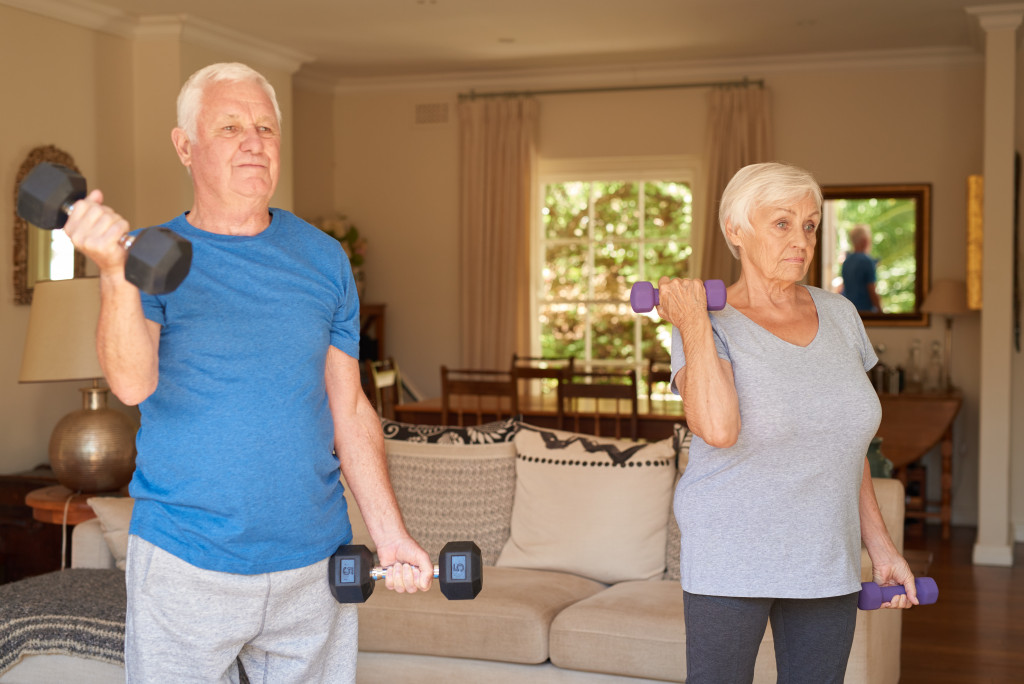The population of older adults in the United States is on the rise. According to collated data by the World Bank, approximately 16 percent of people in the US in 2019 were 65 years old and above. It falls to younger generations to ensure older adults live their golden years in comfort and peace.
A lot of younger people would prefer to entrust their parents or older relatives to long-term care facilities. But an almost all older adults would prefer to age in place. Understand why older adults prefer to age in place and how you can take care of a parent or older relative effectively in their own home.
Why Older Adults Prefer to Age at Home
A report published by the National Council on Aging revealed 9 out of 10 older Americans would prefer to live in their current homes for the considerable future.
An older adult wants to age in place for the following reasons:
Familiarity
Staying in your own home and being surrounded by your own things is comforting. Moving to a different living accommodation, especially one where you feel like a visitor than a resident can be very upsetting. Older adults could also have developed routines around their homes that they find stabilizing.
Community
Older adults could have spent years setting down roots in their area. They could have many friends among their neighbors and enjoy the activities they’ve developed in their community. You and your family could live close to an older relative’s home, something that can’t be guaranteed if they’re moved to another location.
Practicality
Moving is a very stressful event and tiring to manage. Older adults could have many items and furnishings they’ve collected over the years. It can be very difficult to pack them away safely and send them to a different location.
Cost-Effectiveness
Finally, moving to a long-term care facility can be very expensive, especially if you’re looking for quality care for your older relative. Aging at home provides a stable place to live comfortably in peace.
It’s important you understand why your older relative would prefer to age in their own home. This will help you take care of them more effectively.
Taking Care of Older Adults at Home
Caring for an older adult is complicated task and requires you to be prepare carefully. If an older adult lives in your home or an older relative wants to age in place, you need a lot of guidance to ensure their comfort and safety. Here are some tips for caring for an older adult at home.
1. Consider Their Health
Take your parent or older relative to a doctor and make sure they’re reasonably healthy. Some conditions can require full-time medical attention, which are only available in long-term care facilities or by hiring round-the-clock nurses. If the older adult has received a terminal diagnosis, they may need to move to a professional hospice instead of aging in place. Talk to the older adult and come up with a solution that benefits their health first.
2. Remove Fall Hazards
Older adults are more at risk to receive serious injuries from falling or tripping. In the United States, between 20 and 30 percent of older adults can receive severe injuries if they fall or trip. These injuries can range from fractured hips to severe head trauma. Remove all fall hazards from the older person’s home.
These hazards include:
- Extension cords
- Unsecured rugs and carpets
- Unmarked drops in floors
- Bathtubs without anti-slip pads
- Steep stairs
Assess all possible obstructions that could lead to a fall to ensure the safety of the older adult.
3. Keep Them Company

Socialization is important to keep older adults energized and happy. Keep them company when they’re watching the TV or sit with them when they’re out in a porch or garden. Ask about their lives and share local news with them. If it’s possible or safe, take them to events or public spaces like a farmer’s market. You should also invite their friends from around the neighborhood regularly for lunch or similar activities. Company can do wonders to their mood and well-being.
4. Get Them Involved
Older adults can often feel a loss of independence due to physical or mental limitation imposed by their age. You should get them involved with the management or upkeep of their home or schedule. Prepare menus that cover their nutritional needs and have them select which items they’d like for a meal. Consult them on what design the privet hedge in their garden should look like. They should also be in charge of what clothes they want to wear. Let them know their opinions and ideas still matter.
5. Prepare for Emergencies
Always have a plan of action should an emergency arise. Have all important phone numbers, such as emergency contacts and services, on speed dial. Prepare a go-bag with their medications, paperwork, and clothes in case they need to stay in a hospital. As a cautionary measure, remove locks from the older person’s bedroom or at least have a spare key you can always access.
When taking care of an older adult, understanding is vital. Understanding will help you give more compassionate care to your parent or older relative, ensuring they remain comfortable and content in their latter years.




